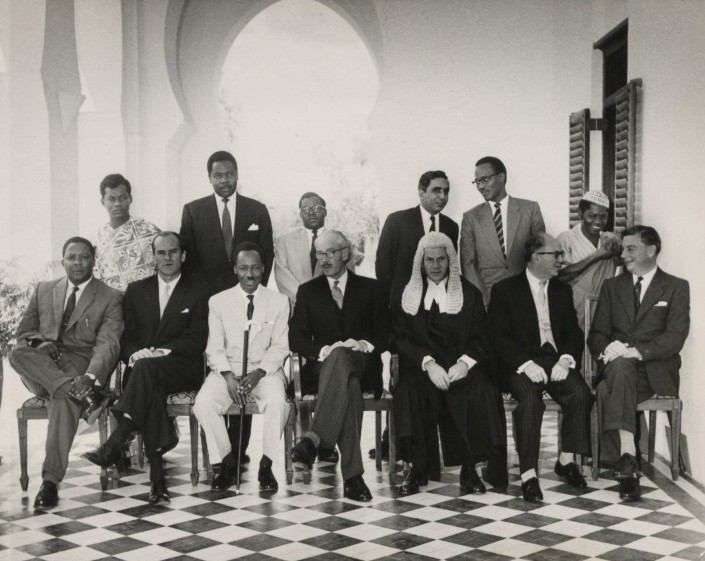Quad Alliance Faces Challenges in Securing Critical Minerals Supply

In a significant gathering held on July 1, 2025, in Washington, D.C., the foreign ministers of the Quad alliance—comprising the United States, Australia, India, and Japan—met to discuss critical minerals and supply chain ambitions. This meeting marked a pivotal moment in the Quad's evolution from mere dialogue to actionable strategies amidst growing geopolitical tensions.
The Quad aims to enhance cooperation in securing essential minerals, a critical step given that China currently dominates the production and processing of rare earth elements vital for technology and defense industries. According to Marco Rubio, U.S. Secretary of State, the group aspires to transition from discussing ideas to demonstrating tangible outcomes that would shift the balance of strategic influence in the region. "The Quad must prove it can deliver on its promises, particularly in securing critical minerals that underpin economic and national security," Rubio stated during the meeting.
The urgency of this endeavor stems from China's significant leverage in global trade, especially concerning rare earth minerals like lithium, nickel, and copper. The Quad nations recognize that diversifying supply chains is not merely an economic necessity but a strategic imperative to counter China's dominance. As noted by Dr. Emily Carter, a geopolitical analyst at the Brookings Institution, "Securing alternative sources of critical minerals is crucial for the Quad to enhance its resilience against economic coercion from Beijing."
Japan has already taken steps to invest in Australian mining operations, while Australia has proposed preferential access to a critical minerals stockpile for the U.S. However, this proposal has yet to be accepted, reflecting the underlying complexities in bilateral negotiations. According to Australia's Foreign Minister, Penny Wong, "While our offers are on the table, the U.S. response has been tentative, indicating a broader hesitance influenced by domestic political dynamics."
Despite the Quad's apparent unity, significant friction persists, particularly between the U.S. and its partners. Australia's economic anxieties related to previous U.S. tariffs and defense spending pressures have created a cloud of uncertainty. India's External Affairs Minister Subrahmanyam Jaishankar emphasized, "No relationship is devoid of issues, and while our discussions were productive, underlying tensions remain."
Moreover, Japan faces similar pressures from U.S. tariffs and has been urged to increase its defense budget, complicating its collaboration within the Quad. Analysts argue that these economic strains have hindered the momentum of U.S.-Japan relations, as articulated in a recent report by the Japan Institute of International Affairs.
The Quad's initiatives extend beyond mineral procurement, encompassing broader economic development, technology partnerships, and maritime security. The inclusion of private sector representatives from member countries aims to bolster these efforts, recognizing that government actions alone cannot address the complexities of contemporary global supply chains.
As the world grapples with ongoing conflicts, such as those in Ukraine and the Middle East, and China's assertive military posture regarding Taiwan, the Quad's effectiveness in managing its internal challenges while addressing external threats remains in question. The Quad's commitment to action is palpable, yet the path forward is fraught with challenges. If the alliance can navigate its internal discord and deliver on critical mineral initiatives, it could emerge as a formidable force in international geopolitics. However, as many analysts caution, achieving this goal will require overcoming significant hurdles, marking an uncertain future for the Quad's ambitions.
Advertisement
Tags
Advertisement





